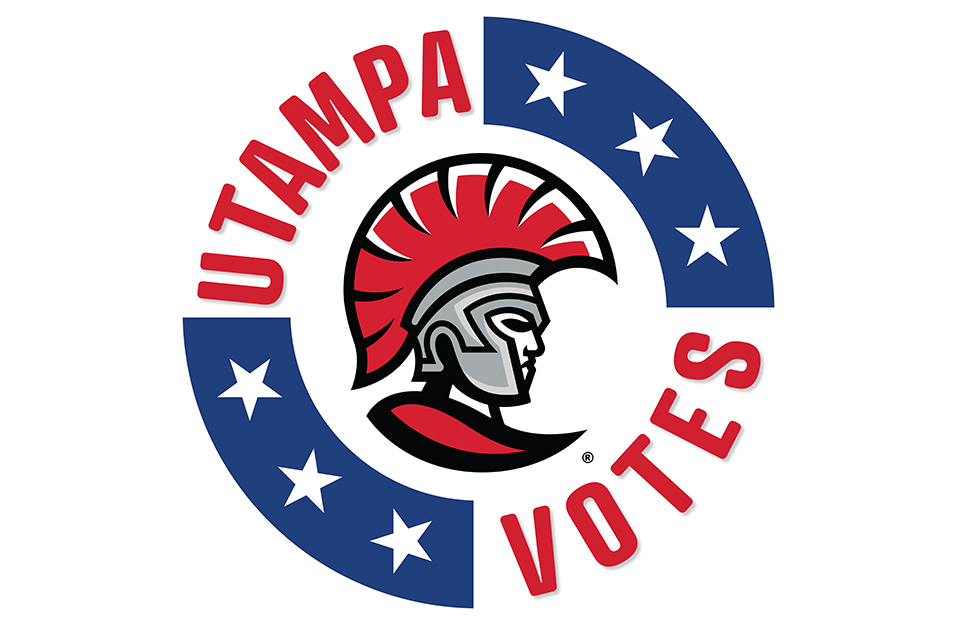Contact us
401 W. Kennedy Blvd.
Tampa, FL 33606-13490
(813) 253-3333

On Nov. 8, 2021, The ALL IN Campus Democracy Challenge awarded The University of Tampa a bronze seal for achieving a student voter participation level between 49.5% and 59.4%.
UT’s unprecedented effort to mobilize student voters was highlighted in a feature article called Getting Out the Vote in the UT Journal alumni magazine’s Winter 2021 issue. The article won a 2021 Silver Circle of Excellence Award from the Council for Advancement and Support of Education (CASE) for feature writing.
More UT News